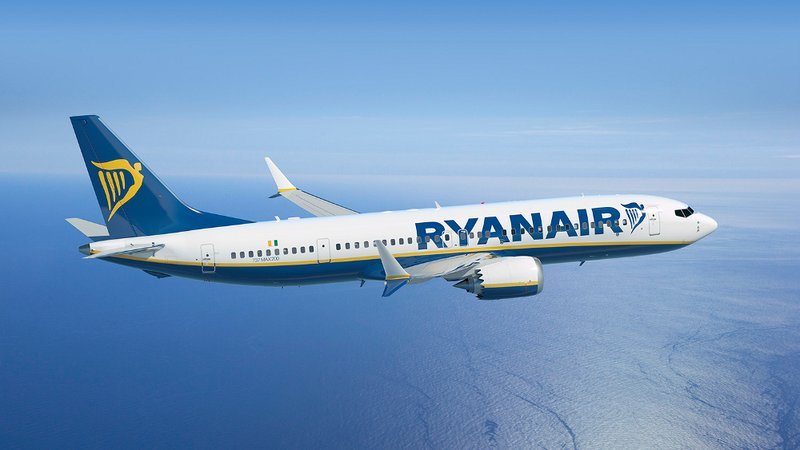

The outlook for growth is similar, although Ryanair cautioned that Boeing delivery delays were likely to mean they would miss their target for growth, so that’s probably marginally in EasyJet’s favour.
On unit revenues, it is hard to know what to make of Ryanair’s rather vague guidance for fares. Is “significant” more or less than 20%? It is hard to know but it doesn’t sound that confident.
There is more of a clear difference on costs, with Ryanair guiding for a “modest increase” in non-fuel costs and EasyJet guiding for them to be flat.
EasyJet also look to be in a better position on fuel costs. I’ve taken EasyJet’s guidance on its hedging position for H2 (75% hedged at $885) and H1’24 (52% hedged at $868) and worked out what that should mean for the twelve month period ending March 2024, so that we can better compare it with Ryanair’s. The price at which EasyJet is hedged is only marginally better, but the level of hedging is a lot lower and that should pay dividends given that the current fuel prices of around $730 are 18% lower than the hedged prices. I think it should give them a 5% overall advantage in fuel if fuel prices stay where they are.
They also have a much better position on the cost of carbon credits. EasyJet said they were 96% covered for the 2023 calendar year. Ryanair didn’t provide an update on their position, but last quarter they said they were 48% hedged at €78 per tonne for 2023/24 financial year. With spot prices having ranged between €85 and €100 since then, any additional hedging they have take out since will have been at a higher price.
Carbon credits are becoming a very significant cost for airlines flying within Europe, especially fast growing ones where a much bigger proportion of emissions need to be paid for. I reckon Ryanair will pay for about 72% of its emissions next year. If they end up paying €85 per tonne, with a conversion rate of 3.15, that is equivalent to a tax of $208 per tonne of fuel. At slower growing EasyJet, it will be more like 62% of emissions and if they are only paying €41 per tonne, that works out an a more affordable $86 per tonne of fuel.
Taken together, Ryanair’s unit fuel and emissions costs might be 18% higher than at EasyJet. With the company estimating the cost of fuel and emissions at over €4.9 billion next year, that’s quite a chunk of change.
So it does look like EasyJet will manage to narrow the margin gap with Ryanair next year.
Putting the results into a broader European context
We won’t have results for Wizz until the 8th June, but I think it is worth putting the Ryanair and EasyJet results into a broader European airline context. Together with the big three network airline groups, these five airlines account for the majority of the Western European industry these days.
Looking at the twelve months to March 2023 gives us the first relatively “clean” post COVID set of annual results. We’ve been able to compare quarterly figures before, but there are big differences in seasonality between the airlines so that can be misleading.
I’ll start with showing the annual revenues for these five airline companies. Still number one in revenue terms is Lufthansa Group, thanks to its outsized cargo and maintenance businesses. The three network airline groups are much more similar when it comes to passenger revenue.
Discover more from reviewer4you.com
Subscribe to get the latest posts to your email.





